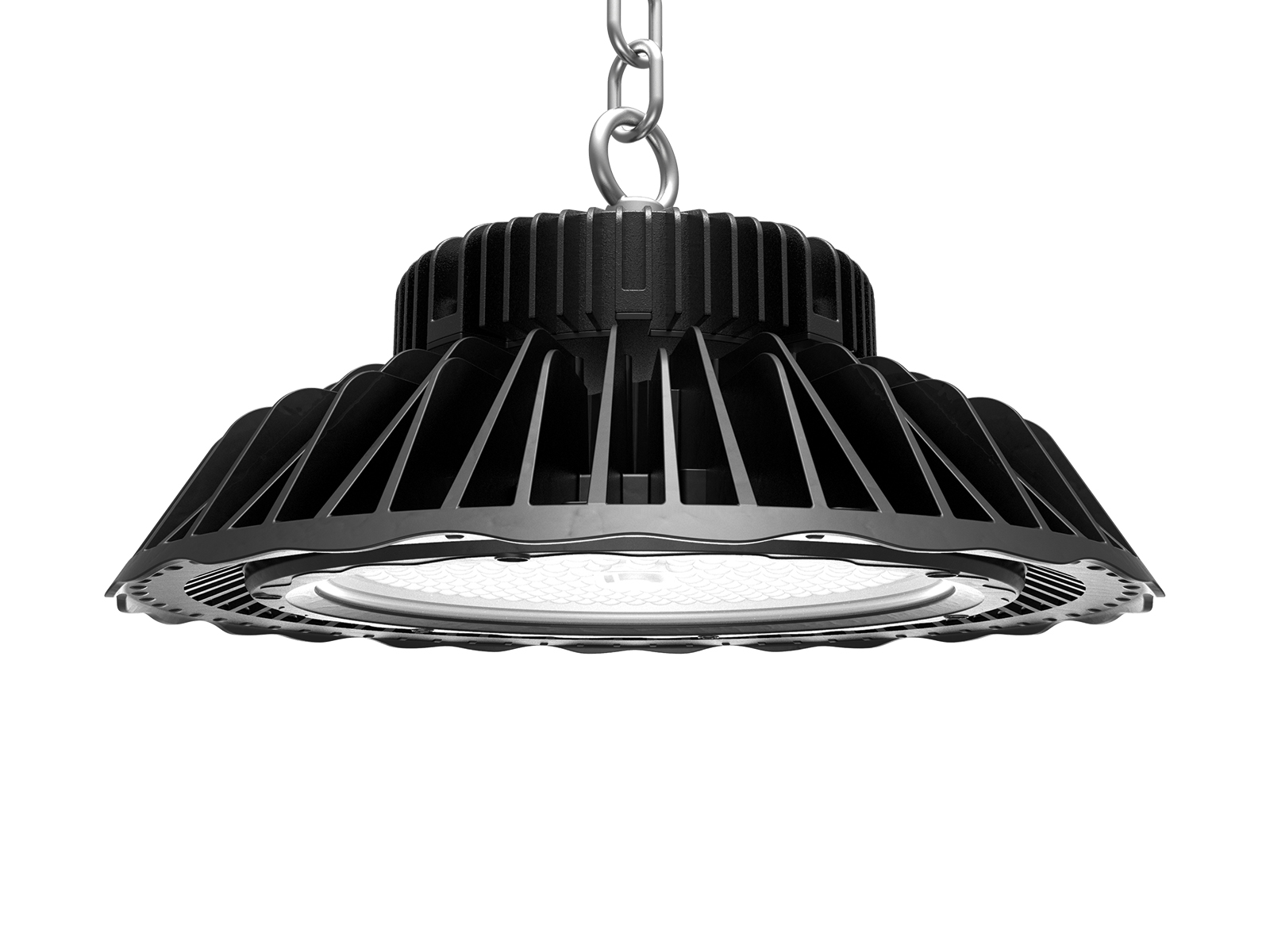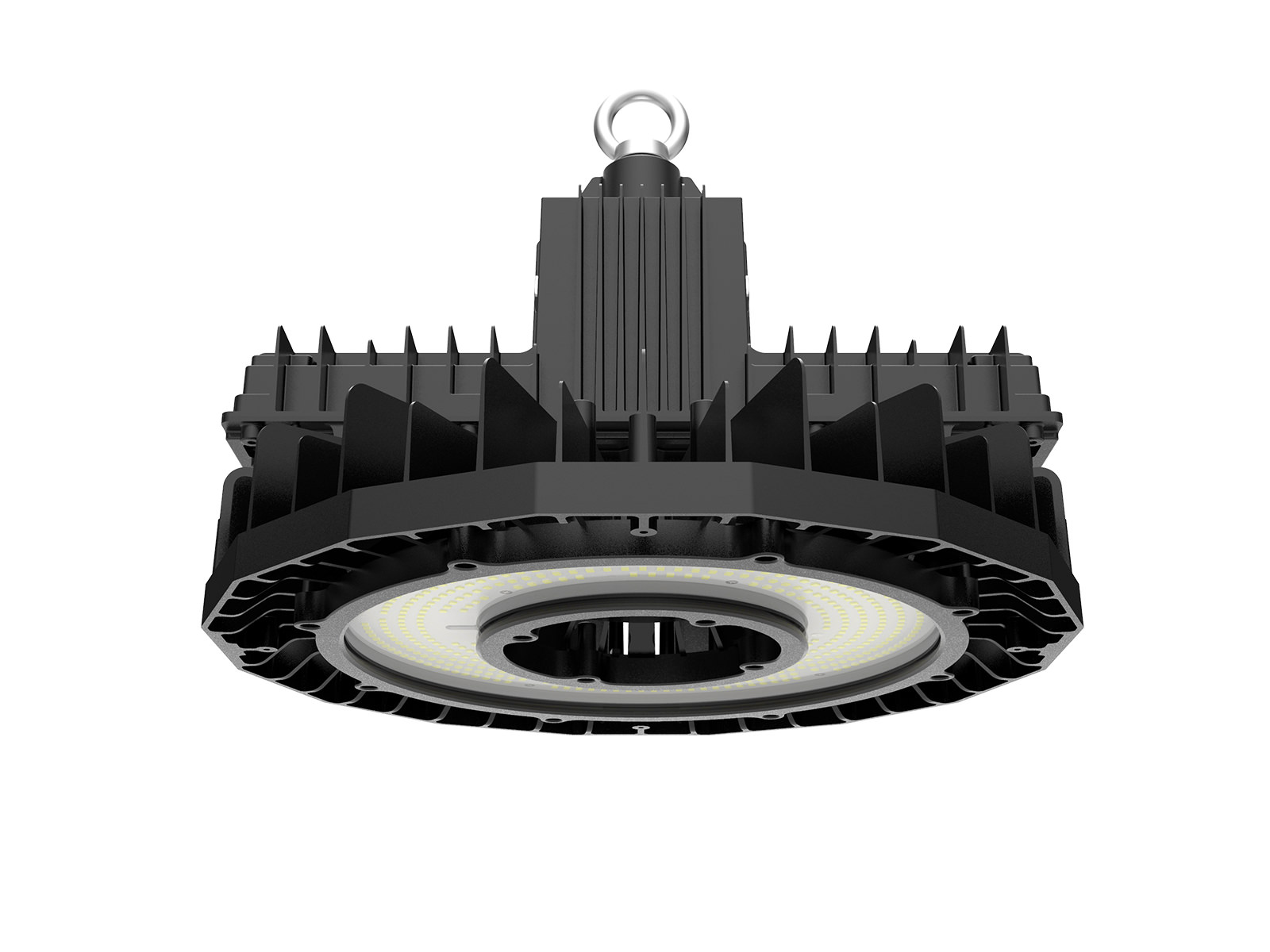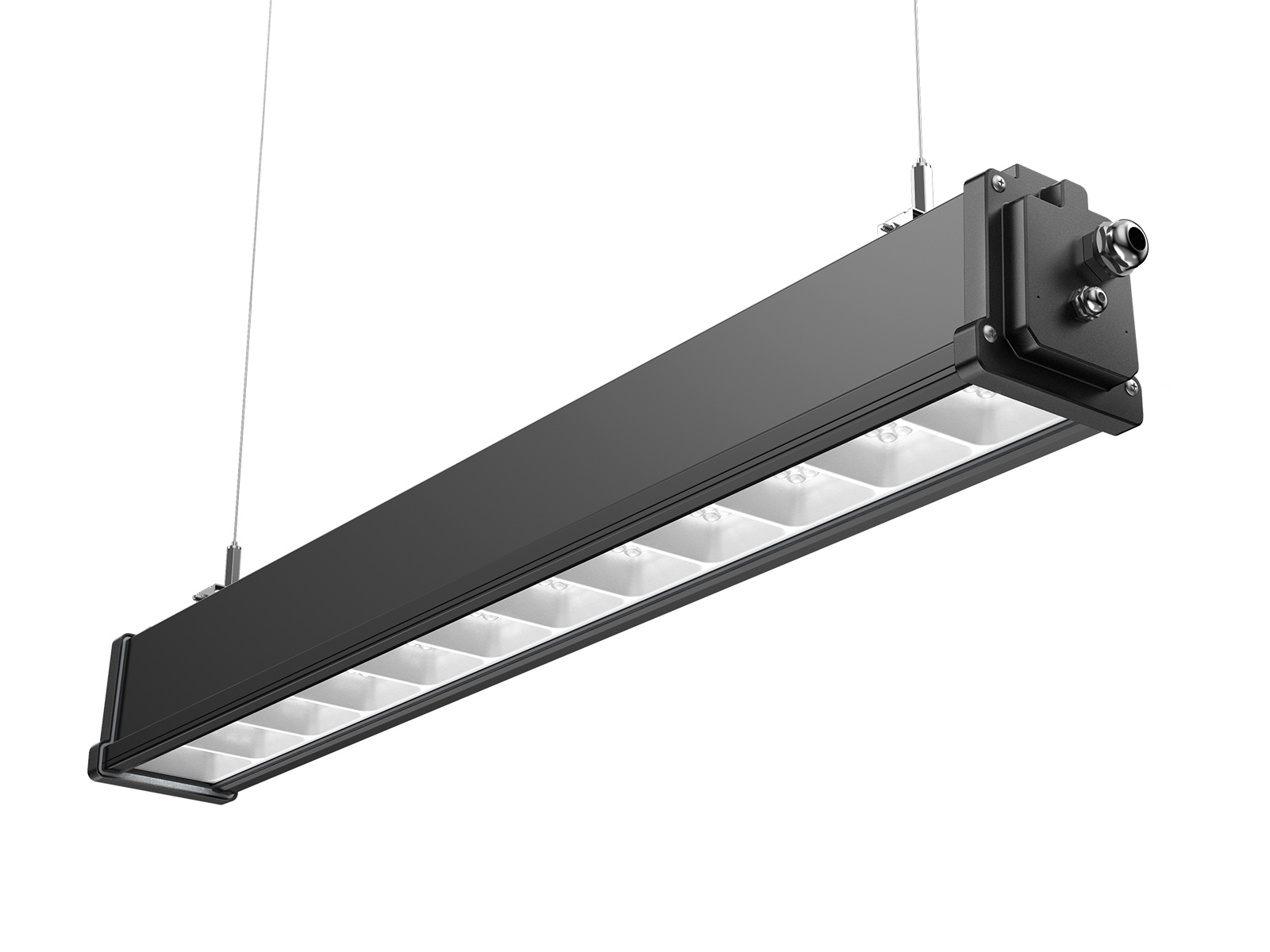Lighting accounts for about 12% of total industrial electricity consumption, which is too high and unbelievable. The costly lighting promotes operators to search for ways to minimize the cost of lighting. Lighting retrofit is one of the popular ways to achieve their goal. However, unlike home lighting retrofit, industrial lighting retrofit is more complex and difficult to manage. It is of high risk to retrofit lighting without any preparation and consultation.
Most operators have little thought of lighting retrofitting. Some of them are unclear about their goals of lighting retrofit but imagine a new and high-performance lighting system. A successful lighting retrofit may require professional electricians, an energy service company, and a lighting manufacturer. For operators, profits always rank first. Therefore, a cost-effective industrial lighting retrofit makes more sense.
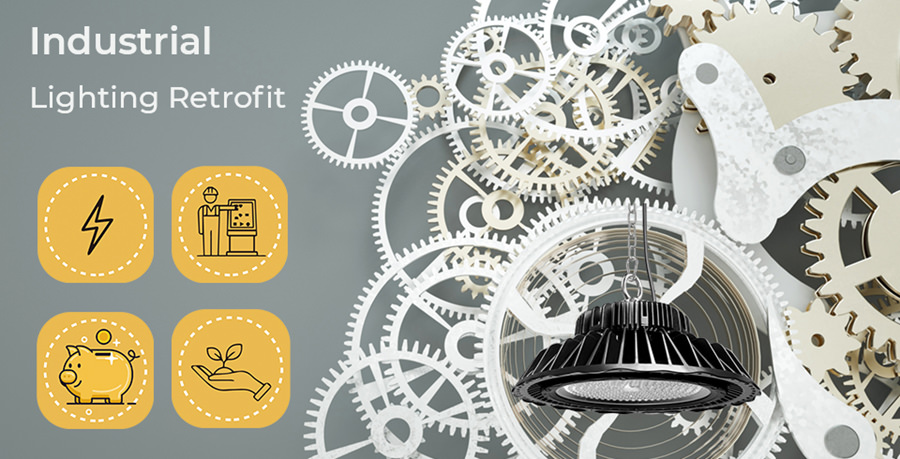
What is the Goal for Lighting Retrofit
When it comes to industrial lighting retrofit, operators are supposed to identify their goals. Only by knowing their goals of lighting retrofit clearly can they carry out further actions favorably. Goals of lighting retrofit may include energy savings, improving light quality, increasing productivity, reducing maintenance, protecting the environment, etc. Clear goals can influence the needs and functions of a lighting system.
If operators want to save energy, a dimmable and intelligent controlled lighting system can meet the need. If operators would like to increase productivity, a lighting system with sufficient but not dazzling lighting can work.
Operators may have various goals but they have to order the priority of them due to the budget limitation. A cost-effective lighting retrofit is capable of cutting off 40% of the electricity bill while only paying for itself for no more than 5 years. However, most paybacks of lighting retrofits occur in less than 3 years. Improper lighting retrofit just results in a waste of money and undesired lighting effects. Therefore, without a determinate goal, lighting retrofit is worthless.
When Lighting Retrofits Make Sense
Definitions of worthy lighting retrofit are varied. Lighting retrofits make sense when they are cost-effective or at least meet specific needs. However, lighting retrofits are unnecessary on any occasion. They are valuable in certain conditions, including insufficient light, excessive lasting hours, high energy cost, inefficient lighting effects, poor maintenance, etc.
Insufficient light is threatening safety and security, replacing the lamp or luminaire with higher output can make sense. Excessive lighting hours waste energy and money, adding intelligent controls can save energy effectively. High energy costs are related to efficient light sources and lighting control systems. All these factors should be taken into account during lighting retrofits. Poor maintenance may result in the excessive working life of the lamp. Replacing the lamp or luminaire is helpful for easier maintenance.
Which Light Source Should Be Selected
Generally speaking, LED is the optimum option for lighting retrofits. LEDs have longer-lasting lifetimes and consume up to 80% less energy than traditional halogen light sources while producing the same amount of light. There is a table of the comparison of the main characteristics of incandescent, halogen, fluorescent, and LED.
|
Lamp Type |
Incandescent |
Halogen |
Fluorescent |
LED |
|
CCT(K) |
2700 |
2700-3500 |
2700-8000 |
2700-8000 |
|
Efficacy (Lm/W) |
6-16 |
16-30 |
70-120 |
80-160 |
|
Lifetime(hours) |
1000 |
1000-3000 |
15000-45000 |
50000 |
|
Application |
Indoor, outdoor |
Indoor |
Indoor |
Indoor, outdoor |
|
Additional Info |
High IR radiation |
High IR radiation |
High UV radiation |
Little UV and IR radiation |
|
Hazardous Chemical Content |
No |
Halogens |
Mercury, Neon |
No |
|
Starting Time (to full output) |
Slow |
Slow |
Fast to Instant |
Instant |
From the table, we know that LEDs are better than traditional light sources in certain factors.
- LEDs have a wide CCT (correlated color temperature) range. Different color temperature brings various feelings and atmospheres.
- LEDs have higher efficacy than traditional lamps, which means LEDs can emit more light with the same power consumed. The total cost of LEDs is very low compared to other conventional light sources. Choosing LEDs can help you save money.
- LEDs can be lasting up to 500,000 hours, significantly longer than other traditional light sources. LEDs are durable as they just slowly lose their light output over time.
- LEDs can be not only indoors but also outdoors. Some of them are equipped with outstanding waterproof, dust-proof, and corrosion-resistance abilities.
- LEDs emit light with little UV (ultraviolet) and IR (infrared) radiation, which makes them widely used for goods that are sensitive to heat and materials subject to UV degradation.
- LEDs are environmental friendly because they are free of hazardous chemical content, such as halogens, mercury, and neon. They are also more safer to users without hazardous chemical content.
- Unlike other traditional lamps, LEDs turn on instantly, waiting around to warm up, reaching full brightness rapidly.
Lamp Retrofit, Retrofit Kits, or Luminaire Replacement
LEDs are the optimal selection of lighting retrofits. There are three common retrofit options, lamp retrofit, retrofit kit, and luminaire replacement. It is confusing about the difference between the three options. Classifying lamp and luminaire is the first step for better understanding. In simple words, a luminaire is the combination of a lamp and a fixture. Details of the three retrofit options are as follows:
Lamp Retrofit
Lamp retrofit is only adapted to retrofitting fluorescent fixtures with tubular LEDs. Lamp retrofit is less expensive and easier compared to other retrofits. This retrofit is implemented by directly replacing the lamp, removing the ballast, or adding a driver and LEDs.
Direct lamp replacement
This method removes the lamp only while still maintaining existing ballast and sockets. It is the easiest and lowest cost of all retrofits. But ballast incompatibility and poor maintenance may occur. Furthermore, it is not dimming with old ballast.
Remove ballast
Existing ballast is removed in this retrofit. More energy is saved and it is also of quick installation. However, it requires electrician for safe replacement. Dimming function cannot be realized until ballast is replaced.
External driver & LED tube
It is the most efficient way of lamp retrofit. External driver provides an opportunity for dimming capabilities and better thermal management. The drawbacks of this method include electrician requirements and high cost.
Retrofit Kits
Replacing LED retrofit kits is more efficient than lamp retrofits. LED retrofit kit is particularly used when there is a need to remain existing housing or the housing is difficult to remove. LED retrofit kits are composed of LED fixture, ballast, socket and electronics. Since the functional parts of illumination are replaced to the new, longer lifespan is accessible. Additionally, lighting control and better thermal management are also available. Thus, LED retrofit kits can save as much as 50% energy consumption. However, retrofit kits are of higher cost than lamp retrofit and electricians are needed for replacement.
Luminaire Replacement
Luminaire replacement is the most expensive but efficient retrofit option. This retrofit method replaces existing luminaires to new LED luminaires. New LED luminaires bring maximum longevity, energy saving, safety, visual effects, controllability, maintenance, and light quality. Luminaire replacement costs more time than other two retrofits.
As we all know, LEDs are the efficient, performing high output with less energy consumption. But this benefit be a risk of over-lighting for existing space by one-one replacement, resulting uncomfortable lighting experience. It says without doing that luminaire replacement is the most expensive retrofit. However, economic analysis cannot be calculated by cost alone.
Paybacks like the saved energy, increased satisfaction, and improved productivity should also be taken into account. Once the benefits of retrofit occur, the expense is worthy. Though initial cost of luminaire replacement is high, incremental cost will decreased with the long lifespan. Choosing the right lighting manufacturers is critical for ensuring the quality and longevity of lighting system. AGC is a leading industrial and commercial LED lighting manufacturer. Here are some options for luminaire replacement.
HB01 HiCloud high bay for multiple applications
HiCloud LED high bay combines powerful, high light output LED technology with remarkable energy savings for a quick return on investment. HiCould is offered in narrow and wide beam distributions, and ability to deliver up to 45,000 lumens. Dimming control and motion sensors are available. The DALI control provides you with the convenience of smart lighting and maximizes your energy consumption savings.
HB31 LED Hibay for high temperature ambient
HB31 highbay light is particularly designed for high working temperature industrial ambient, even for up to 65~70°C. Advanced thermal management system allows superior heat dissipation, ensuring long life with minimal lumen depreciation.
LHB16 Laurel glare free linear high bay
Laurel looks simple and elegant. The housing is made of high thermal conductivity aluminum extruded radiator and die-cast aluminum end cover that feels somehow metallic. The lens adopts a standard module lens, which is universal and interchangeable. It can realize the interchangeability of light distribution from different angles and meet the needs of various applications.
HB06 high bay for food processing with red dot design award
HiClean Plus is a breakthrough design in industrial lighting. Smooth housing is combined with aesthetic taste and dust-proof features. At the basis of highly efficient heat dissipation solution, our design concept is "UNIBODY", which leads the way in highbay lights.
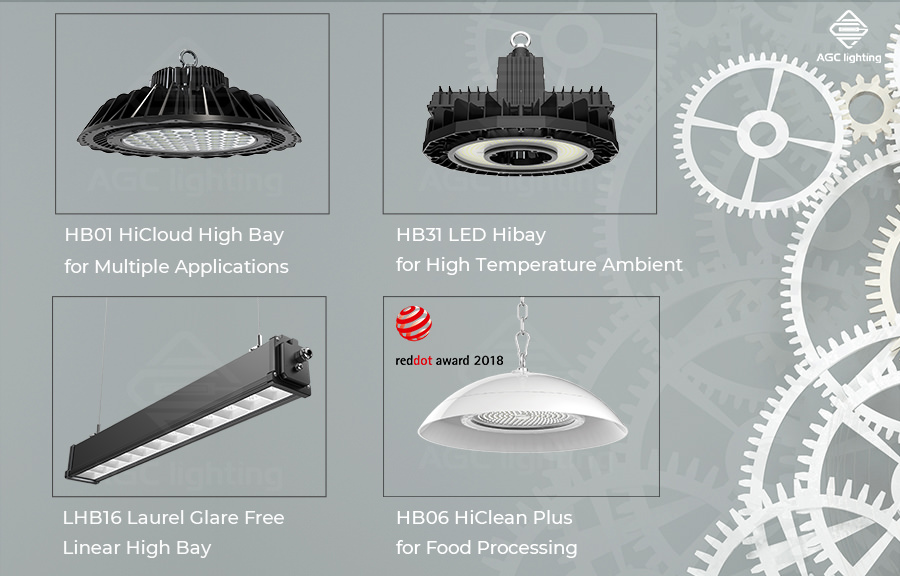
Related video:













